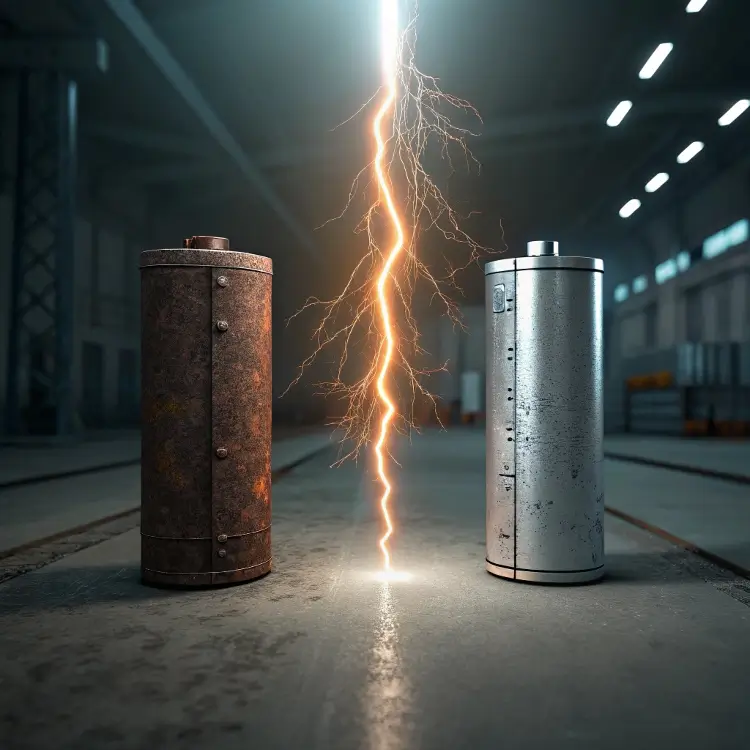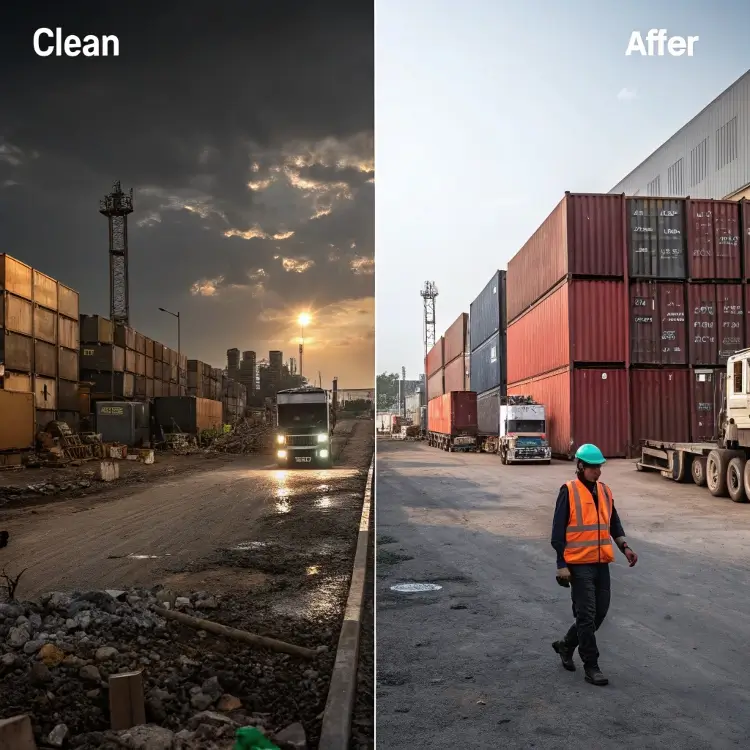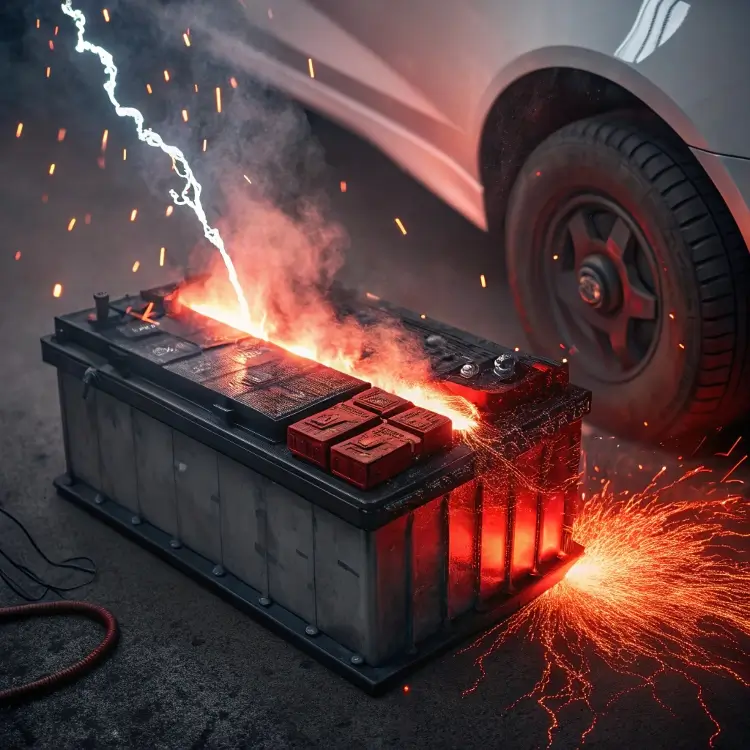What metal is used in battery casings?

Batteries are becoming lighter, more efficient—and aluminum is at the center of this transformation.
Aluminum is now the dominant material in battery casings, replacing steel due to its lighter weight, better heat dissipation, and high customization potential.
This change isn’t just about materials. It’s about performance, safety, and staying ahead in a highly competitive market. Let’s dive in and explore why aluminum is leading the way.
Why is aluminum replacing traditional steel in modern battery casings?

Steel casings were once the standard, but today they’re slowing us down. Their heavy weight affects energy efficiency and handling in electric vehicles.
Aluminum, especially 6061-T6 and 6063-T5 alloys, is lighter, easier to machine, and better at handling heat, making it the modern choice for battery enclosures.
Let me give a real example. In 2023, CATL—one of the world’s biggest battery manufacturers—used aluminum for over 65% of its battery housings. This figure is expected to exceed 80% by 2026.
Why is aluminum winning?
Here’s a breakdown:
| Feature | Steel | Aluminum (6061/6063) |
|---|---|---|
| Weight | Heavy | Light (up to 60% lighter) |
| Strength | High | Moderate to high |
| Machinability | Hard to process | CNC-friendly |
| Corrosion Resist. | Prone to rust | Excellent (after anodizing) |
| Cost | Lower per ton | Higher per ton, lower net cost |
Aluminum’s CNC processability means we can do more with less—thin-wall hollow designs, integrated channels, and even threaded inserts. It helps our customers reduce assembly steps and improve structural integration.
What makes Foshan and Kunshan the most competitive sourcing hubs for aluminum battery casings?

Your choice of sourcing hub affects cost, lead time, and quality. And not all hubs are created equal.
Foshan (Guangdong) and Kunshan (Jiangsu) lead the aluminum battery casing market thanks to their proximity to lithium battery plants and full-chain production capabilities.
These regions combine extrusion, surface treatment, CNC machining, and packaging—all under one roof. That’s why international buyers prefer them.
How do they stack up against other countries?
Let’s compare:
| Region | Key Strengths | Limitations |
|---|---|---|
| Foshan/Kunshan | Complete supply chain, 15-25% lower price | Language barriers for some |
| Japan | High precision | High cost, limited capacity |
| Germany | Quality standards, automation | Long lead times, expensive |
| South Korea | Advanced R&D | Limited extrusion capacities |
In Foshan and Kunshan, many factories have mature die libraries. That means less waiting time and lower mold costs. Most importantly, these hubs integrate extrusion and deep processing—saving buyers up to 25% on total procurement costs.
How does aluminum improve thermal management and safety in battery systems?

When battery systems overheat, they become dangerous. Traditional materials can’t dissipate heat fast enough.
Aluminum’s high thermal conductivity helps batteries cool faster, reducing thermal runaway risks and improving overall safety.
Especially in energy storage systems, this makes a real difference. For example, aluminum enables internal heat to be transferred to the casing and dissipated quickly through external fins or venting holes.
Engineering with safety in mind
6061-T6 aluminum supports laser welding. This allows for high-strength joints and improved sealing—critical in high-voltage systems. It also supports deep CNC grooving and vent hole integration.
Here’s what our clients typically request:
- Custom vent channels: To allow hot gases to escape in case of failure
- Built-in sensor ports: For thermal monitoring systems
- Modular locking tabs: For safe replacement during maintenance
All these features are possible because of aluminum’s machinability and strength. It’s safer, smarter, and ready for the future.
Is aluminum casing production more cost-effective than it seems?

On paper, aluminum is more expensive per ton than steel. But that’s not the whole story.
Through smart design and integrated processes, aluminum casing production can match—or even beat—steel in total cost.
Let’s break it down:
Cost comparison: Steel vs Aluminum Casings (per unit)
| Factor | Steel | Aluminum (Optimized) |
|---|---|---|
| Raw material | Lower | Higher |
| Machining/Processing | Complex | Easier, faster |
| Surface treatment | Separate steps | Integrated (e.g. sandblast + anodizing) |
| Transport cost | Higher (heavier) | Lower (lightweight) |
| Scrap & defect rate | Higher | Lower (precision CNC) |
| Total unit cost | Baseline | ±5% vs steel (with gains in quality) |
Many of our customers are surprised by how close the cost really is. Especially when they factor in reduced shipping fees, fewer defects, and easier assembly.
Our factory uses one-line surface finishing and integrated processing to shorten production cycles. That allows us to offer consistent quality and competitive prices—without cutting corners.
Conclusion
Aluminum battery casings are not just a trend—they are the new standard for safety, efficiency, and integration. For buyers looking to stay ahead, sourcing from hubs like Foshan and Kunshan is the smartest move.



